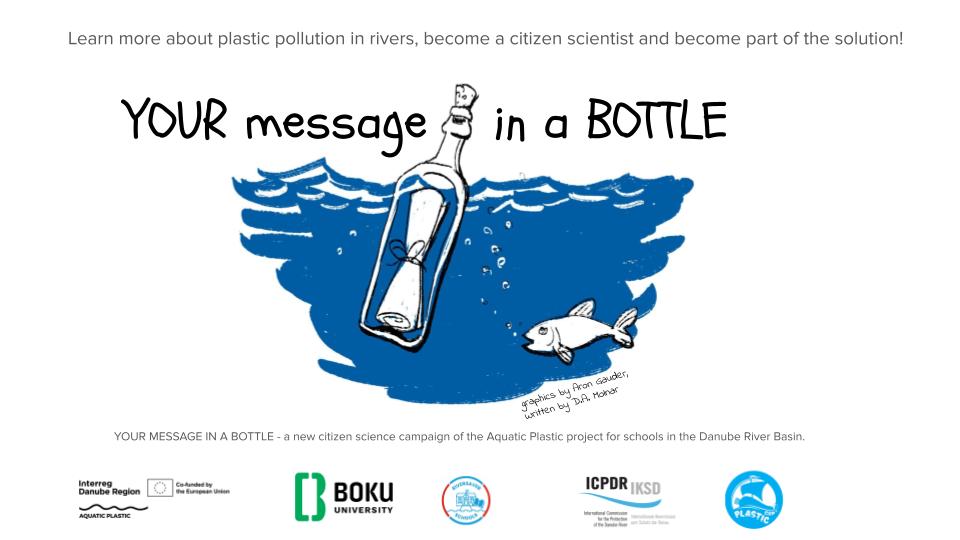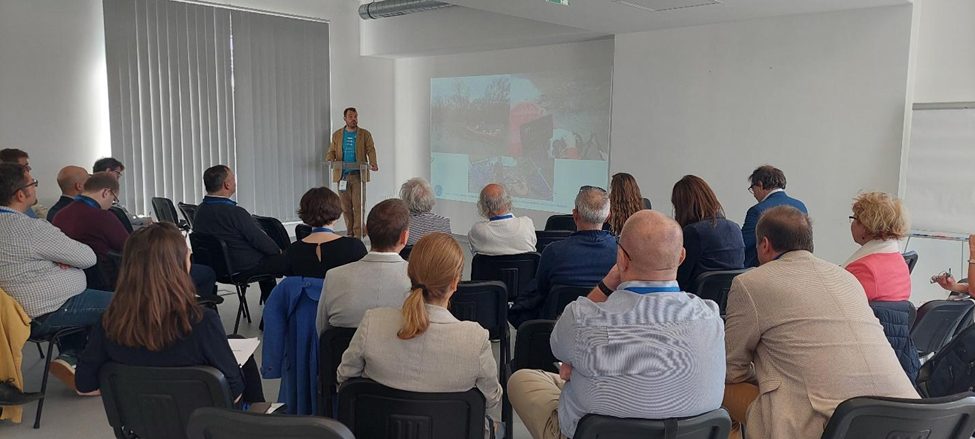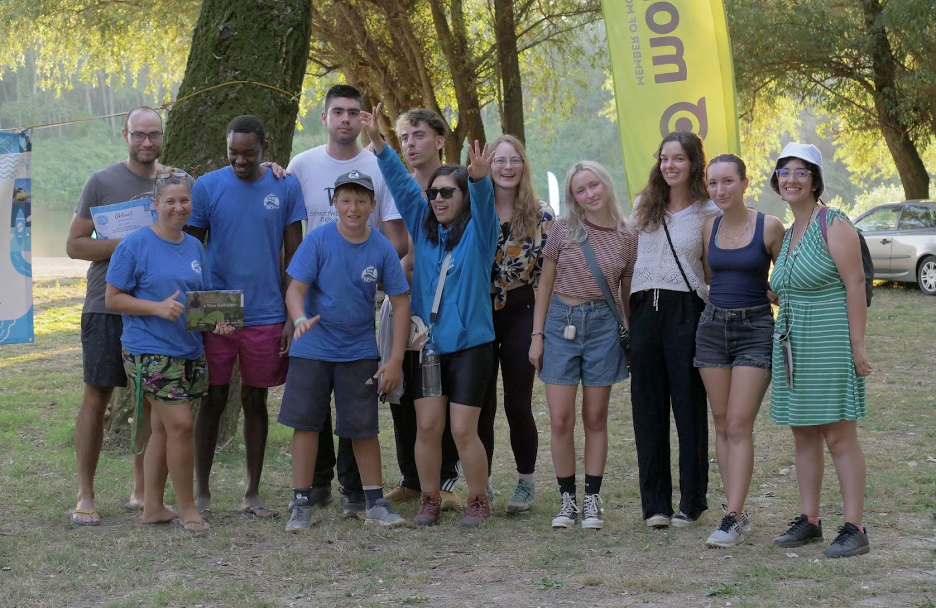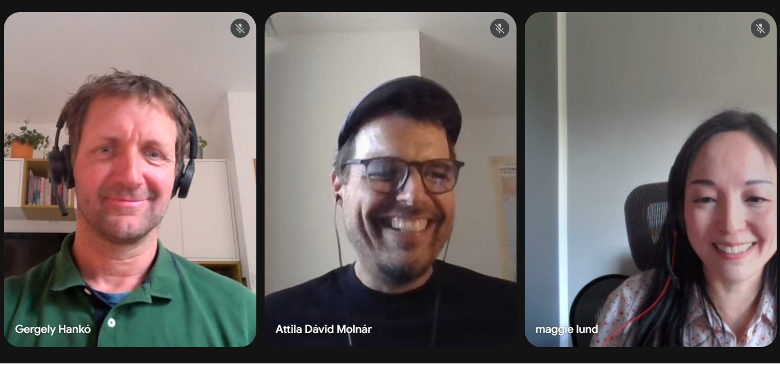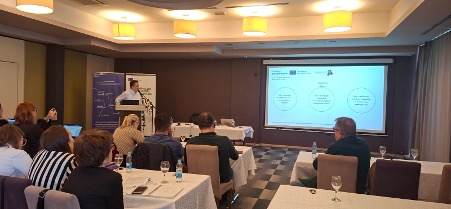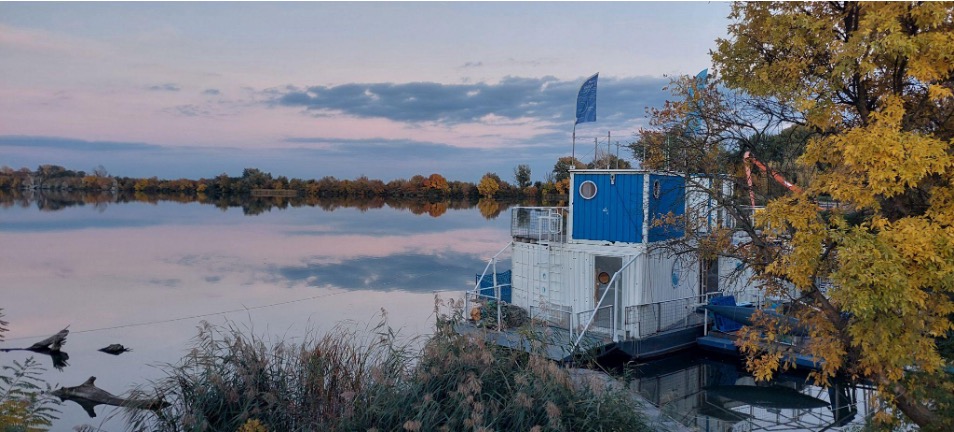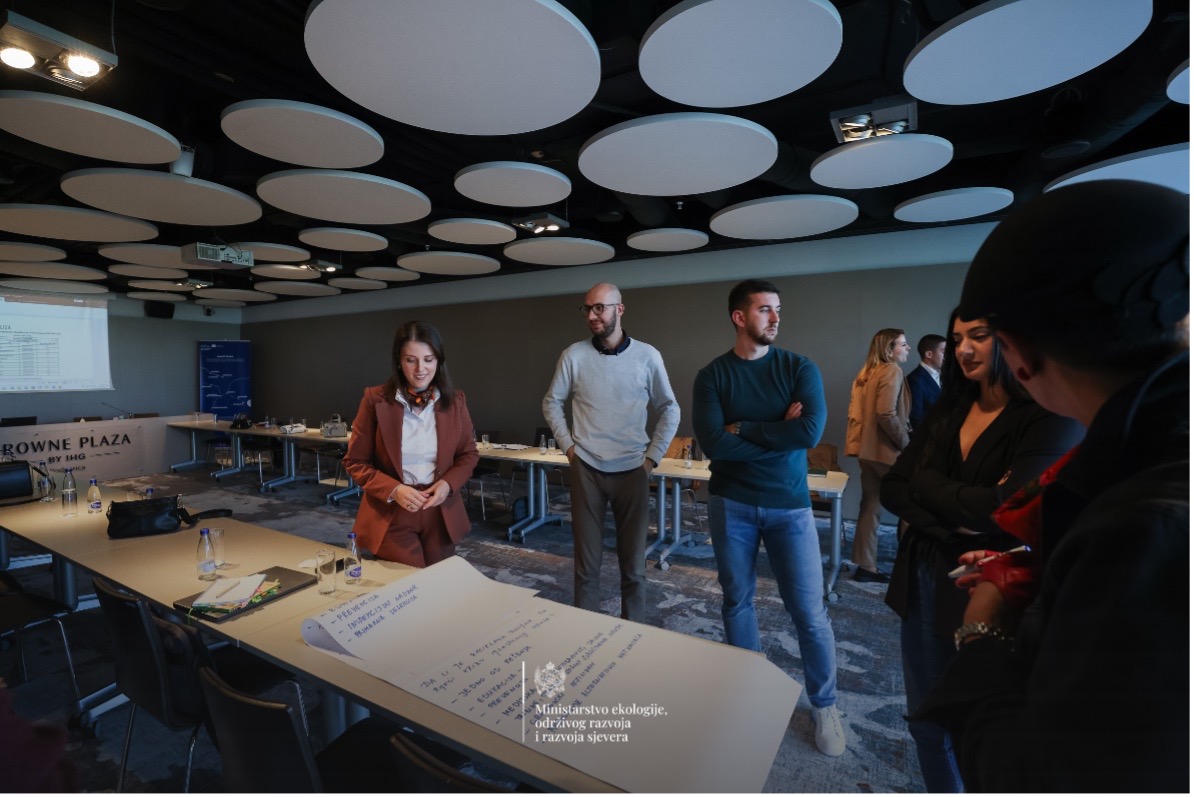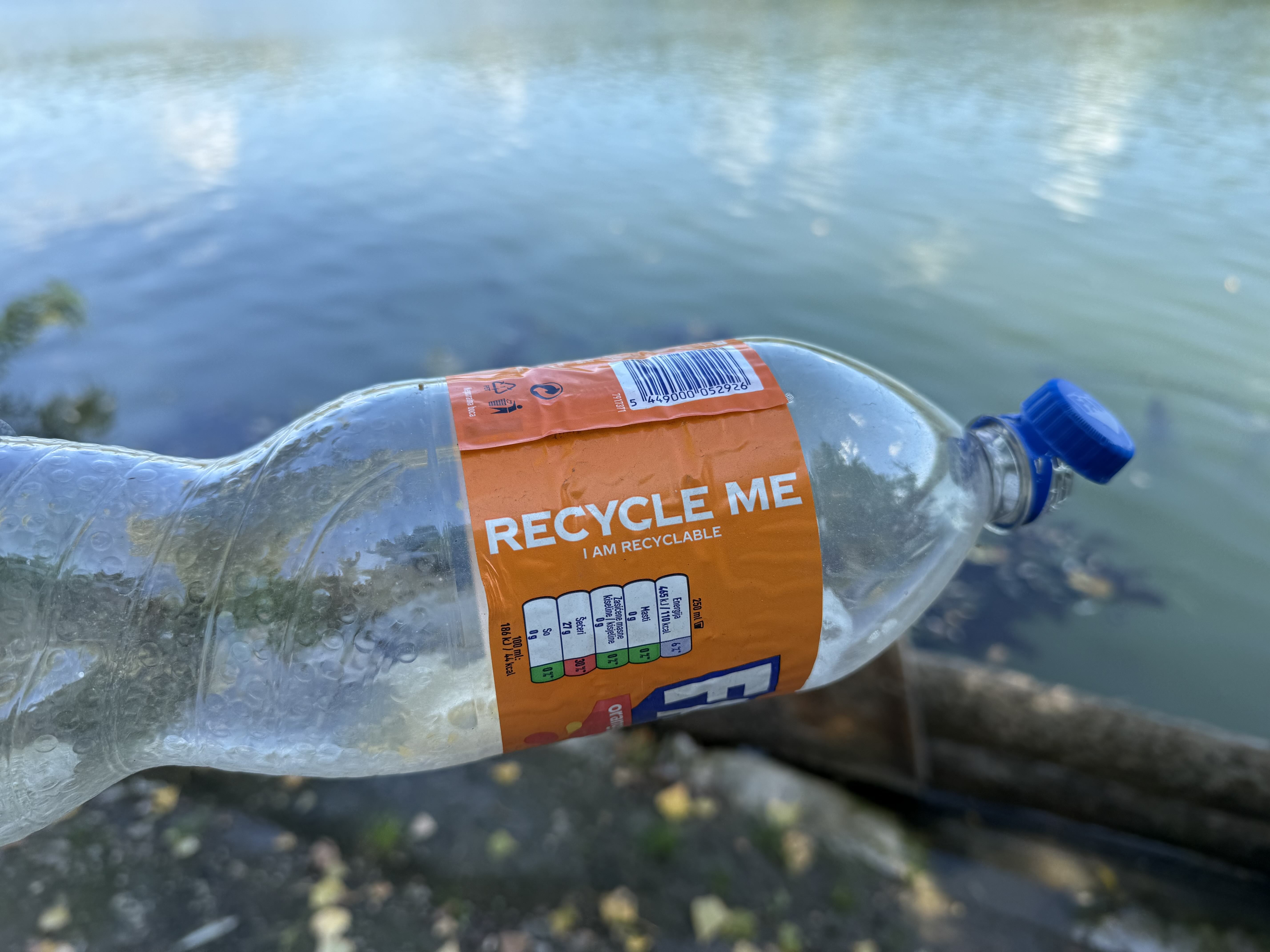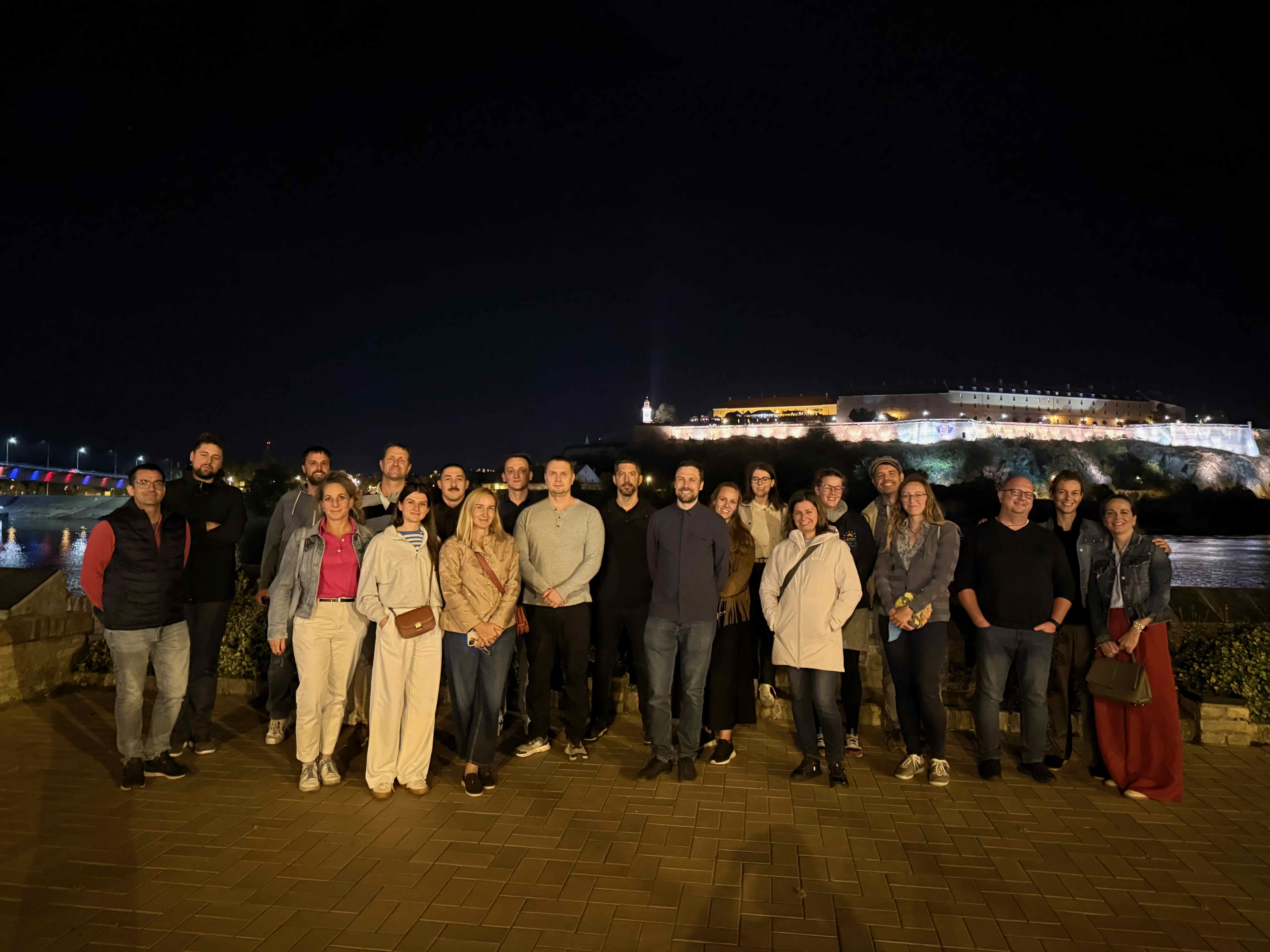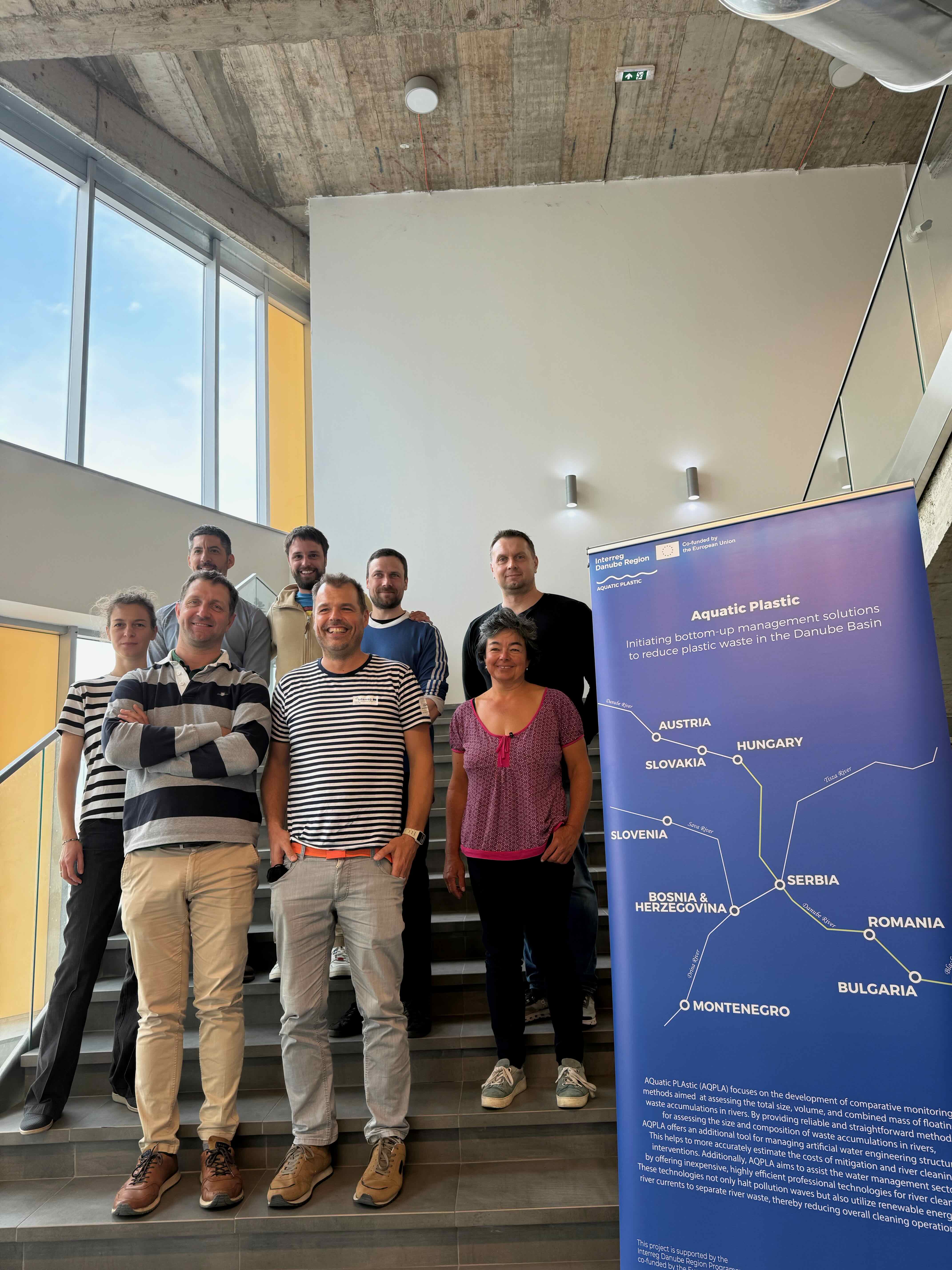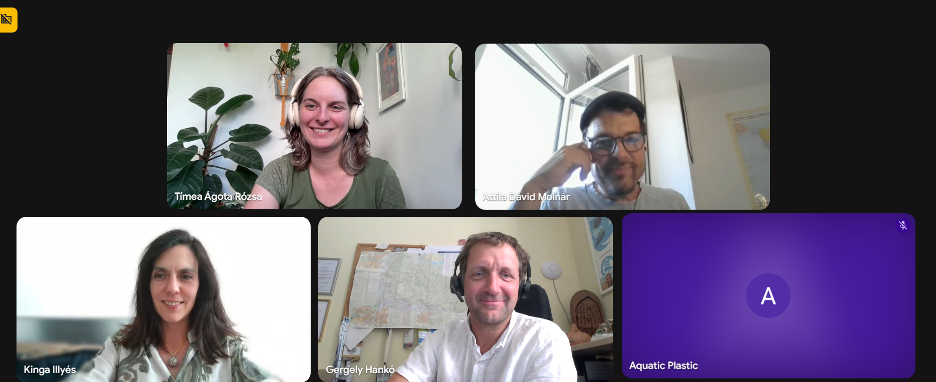WELCOME TO THE CITIZEN SCIENCE PAGE OF AQUATIC PLASTIC!
FOUND A MESSAGE IN A BOTTLE AND UNSURE WHAT TO DO?
It’s simple! Take out your smartphone and note the coordinates where you found the bottle. Then, write the coordinates on the message (there’s a dedicated line for finders) with a pen. Next, take a photo of the message (with your coordinates on it) and email it to aquaticplastic@petkupa.hu. After sending the email, place the message back in the bottle and leave it as it was, allowing it to continue its journey. Why? Find out in the project description below! Thank you for contributing to citizen science!
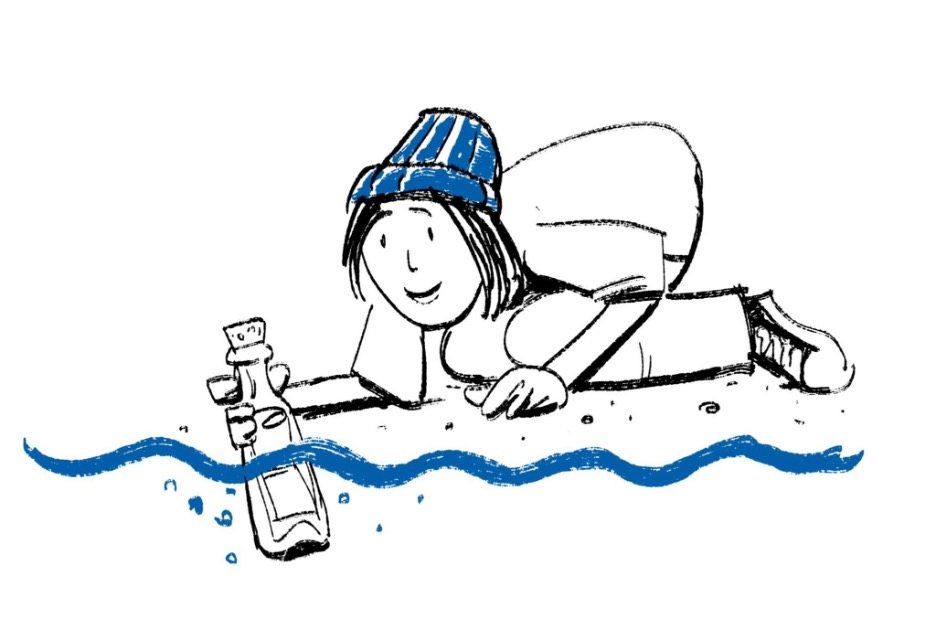
ARE YOU INTERESTED IN CITIZEN SCIENCE & ALWAYS WANTED TO SEND A MESSAGE IN A BOTTLE?
You are at the right place at the right time. You’ve probably heard about the Great Pacific Garbage Patch. But did you know that 80% of all marine litter reaches the oceans through rivers? I think we can all agree that keeping our rivers clean and plastic-free is important for everyone. To make a real difference, we need to better understand how pollution travels along our rivers. That’s where you come in! We invite you to become a citizen scientist and help us track pollution by sending YOUR message in a BOTTLE. NGOs, schools, environmental activists across the Danube River Basin are already taking part, and we’d love for you to join them! If you’re interested in making a positive impact, simply DOWNLOAD our Invitation Handout! The document and video below contain all the details you need to get started. Thank you for your support!
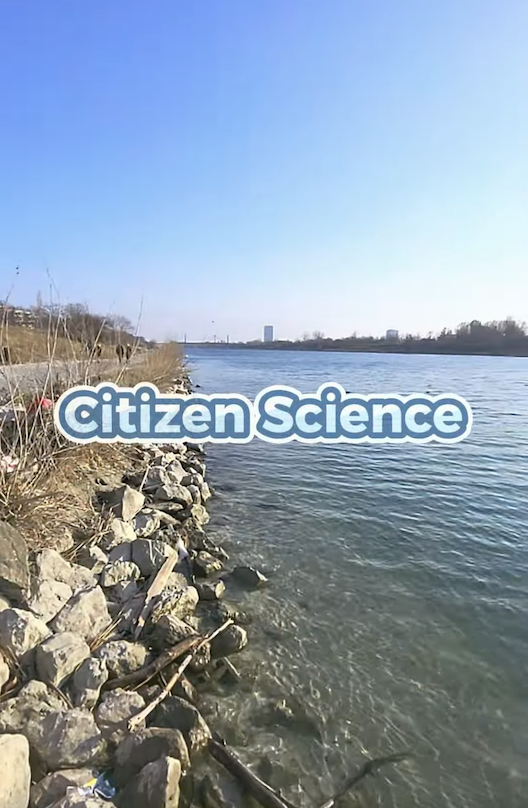
Citizen Science Tutorial Video
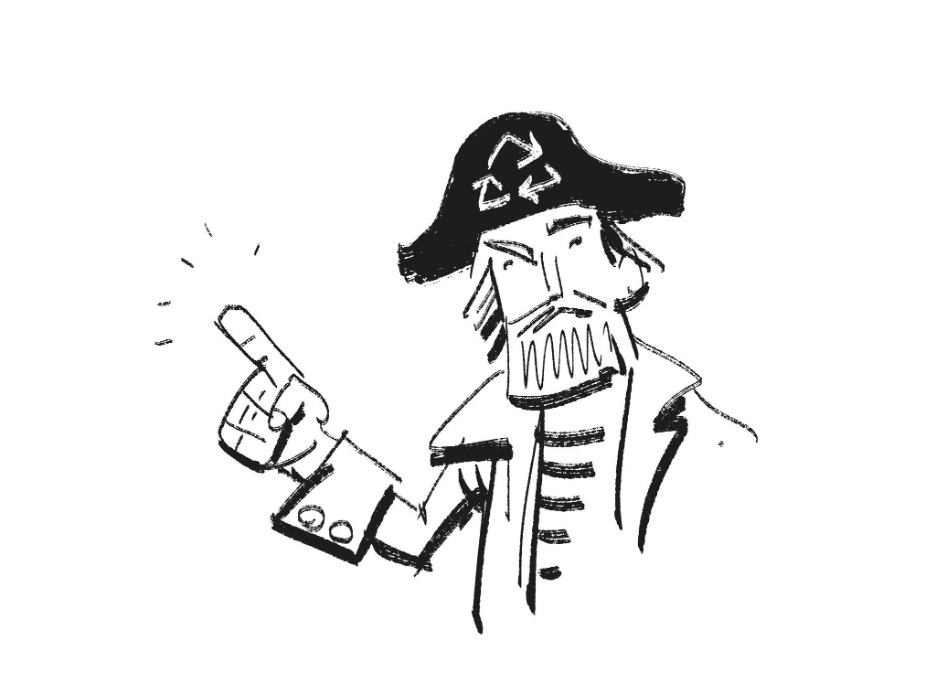
DID YOU KNOW?
Plastic Cup, the lead partner of the Aquatic Plastic Interreg Project, has removed over 400 tons of waste from the waterways of the Danube River Basin. In the process, they’ve recovered and preserved dozens of messages in bottles—containing love letters, farewells, wishes, coins, pebbles, and, most importantly, valuable information. These messages reveal how long bottles spend in the river, how far they travel, and where they originate—insights that inspired us to launch this citizen science campaign. So far, schools and NGOs from five Danube countries have joined. Will you be next?
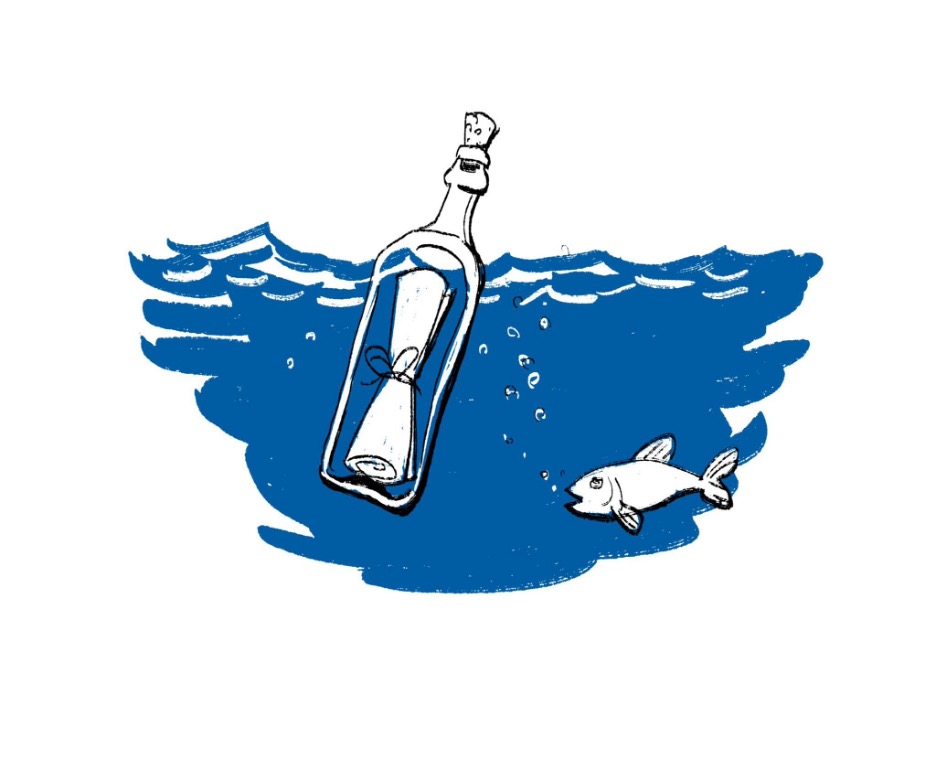
HOW MANY MESSAGES ARE OUT THERE?
As of now, our citizen science campaign has just begun—but already, more than 20 messages are floating in the rivers of Slovenia, Montenegro, Romania, Slovakia, Austria, and Hungary. Will they reach the Black Sea, or will they get caught somewhere along the way? We’ll find out soon!!
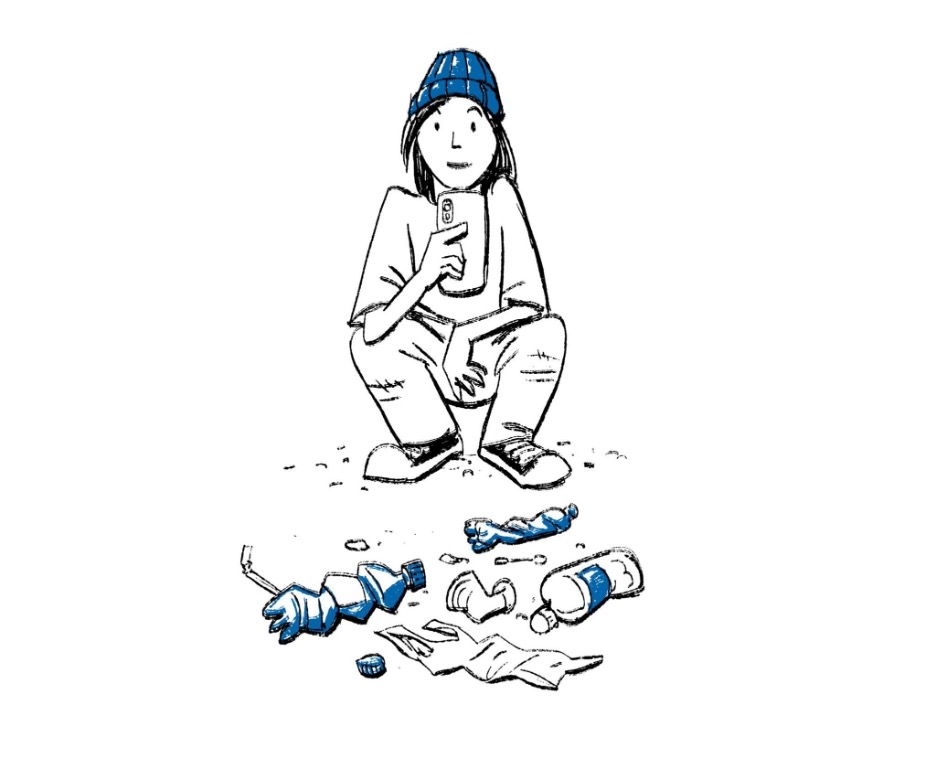
WAIT—YOU WANT TO STOP PLASTIC POLLUTION BY PUTTING BOTTLES IN THE RIVER?
Not at all! We don’t add new bottles to the river. Instead, our citizen science campaign tracks plastic bottles that are already out there - as a result of pollution. Just like scientists tag migrating birds, citizen scientists place messages inside found bottles. When these messages are rediscovered, they help us understand how plastic moves through river systems. The more we learn, the better we can fight plastic pollution. For more information, READ our Invitation Handout. Do you have other questions? Please read on!
FAQs
Q: We have a lot of plastic bottles along our rivers. Why focus on citizen science instead of cleanup efforts?
A: Great question! We’re not saying you shouldn’t do cleanups—in fact, they’re essential. However, cleanups require a higher level of expertise, preparation, and safety measures compared to a citizen science project. We recommend starting with citizen science to understand plastic pollution better. If you want to take further action, reach out to an experienced cleanup organization, such as PET Kupa / Plastic Cup, which has even published a guide on river cleanups.
Q: We don’t have plastic bottles in our rivers—our deposit return system ensures bottles are returned to shops. How can we still participate?
A: That’s great news! Thanks to EU initiatives, more and more countries are reducing plastic bottle pollution in their rivers. If your country has an effective bottle return system, this specific campaign may not be relevant for schools, because it takes a lot of time for kids to find a single bottle on the riverside. However, inviting NGOs can be a good idea - they can be better at finding the very few bottles out there because of littering. And there are other ways to fight plastic pollution through citizen science. If you're interested in researching microplastics, consider joining the Plastic Pirates – Go Europe! campaign and becoming part of their community.
Q: We’ve already tagged bottles, and it was amazing! What else can we do to help keep rivers plastic-free?
A: We’re thrilled you enjoyed it! You can: Tag more bottles to expand the dataset; invite other schools and NGOs to join the campaign. If you are from one of the Tisza river countries (UA, RO, SK, HU, RS) then it’s a good idea to become part of the Riversaver School Network. Their educational materials include citizen science activities like pollution mapping and hands-on experiences such as river adoption.
Q: Is this campaign official? Who are the partners?
A: Yes! This is an official international citizen science campaign launched as part of Aquatic Plastic, a Danube Region Interreg project. The “YOUR Message in a Bottle” campaign is a collaboration between: Plastic Cup Society (HU) – Project developer; BOKU University (AT) – work package coordinator and Scientific partner; Riversavers School Network Erasmus+ Project (RO, HU, RS) – Education partner; and the International Commission for the Protection of the Danube River (ICPDR) – Communication support. The campaign follows the 10 principles of the European Citizen Science Association.
Q: Can only schools and NGOs participate in this campaign?
A: While schools and environmental NGOs are the primary focus, anyone can join! This includes individuals, families, friend groups, and even small companies. The goal is to reconnect people—especially students and younger generations—with their rivers and show them how they can take action against plastic pollution.
Q: From an educational perspective, how can a campaign like this be beneficial?
A: Today's younger generation grows up in a world dominated by digital communication—they’ve likely never received or sent a traditional postcard. This campaign offers a unique, hands-on experience: writing a real letter, "posting" it in a bottle, and later receiving news from the person who finds it. Beyond collecting valuable data on plastic pollution, this activity demonstrates the power of tangible communication—showing that a simple piece of paper can still connect people across distances. It's a memorable experience that kids will carry with them for a lifetime.
Q: I have other questions. Who can I contact?
A: Feel free to reach out to us at aquaticplastic@petkupa.hu. We’ll get back to you as soon as possible.
Thank you for your interest!
News & Events
Read the most recent updates and explore the upcoming events.

